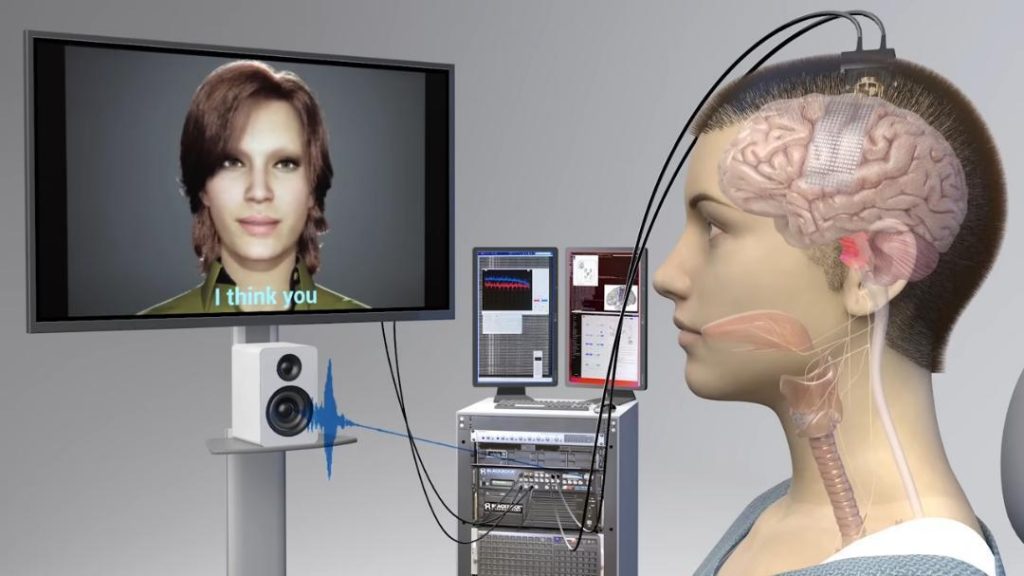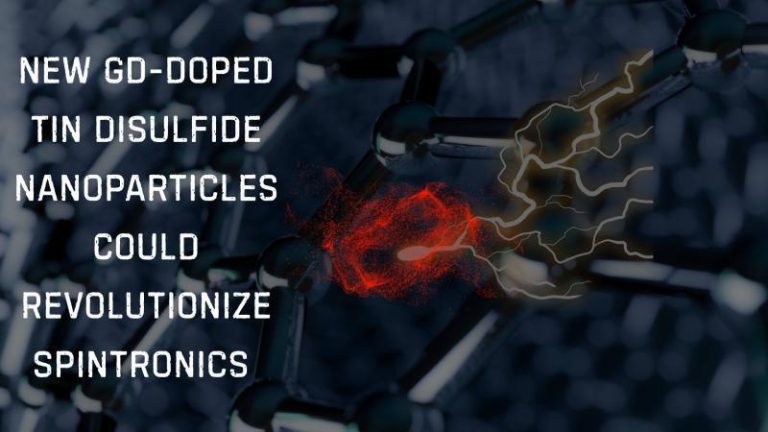
Woman who lost her voice after stroke 18 years ago speaks using AI-powered brain implant
For 47-year-old American woman, Kathleen, the loss of her voice 18 years ago due to a stroke was a devastating blow. The impact was not only emotional but also practical, as she struggled to communicate with her loved ones and family. However, thanks to the groundbreaking innovation of AI-powered brain implants, Kathleen has finally regained her ability to speak almost in real-time.
The revolutionary implant, developed by researchers in California, uses advanced artificial intelligence to translate brain signals into speech in real-time. This technology has significantly improved communication for Kathleen, who previously relied on a brain-computer interface (BCI) with an eight-second delay. The new model reduces this delay to a mere 80 milliseconds, allowing her to express herself with unprecedented clarity and speed.
The breakthrough was made possible through a collaboration between scientists from the University of California, Los Angeles (UCLA), the University of California, San Francisco (UCSF), and the University of California, Berkeley (UC Berkeley). The researchers, led by Dr. Nader Pouratian, a neurosurgeon at UCLA, have been working on developing the AI-powered brain implant for several years.
“We are thrilled to see the impact this technology has had on Kathleen’s life,” said Dr. Pouratian. “Our goal is to improve the lives of individuals with severe communication disorders, and this achievement marks a significant step forward in that direction.”
The implant is a small, implantable device that is placed in the brain and connected to a speech-generating device. It uses electrocorticography (ECoG) to record electrical signals from the brain, which are then translated into words and sentences using advanced algorithms and AI technologies.
Kathleen’s journey with the implant began several years ago, when she was fitted with the original BCI system. While it was a significant improvement over traditional communication methods, the eight-second delay was still a major challenge. The new implant, which was tested and refined over the past two years, has dramatically reduced this delay, allowing Kathleen to communicate more naturally and effectively.
“I’m so grateful for this technology,” Kathleen said in an interview. “It’s given me my voice back, and I can finally express myself without feeling frustrated or limited. The impact on my daily life has been immense – I can now communicate with my family and friends without hesitation, and I feel more connected and empowered than ever before.”
The potential applications of this technology extend far beyond Kathleen’s individual case. The AI-powered brain implant has the potential to revolutionize the way people with severe communication disorders interact with the world. This could include individuals with conditions such as amyotrophic lateral sclerosis (ALS), Parkinson’s disease, and spinal cord injuries, among others.
The researchers are already working on further improving the technology, with plans to miniaturize the implant and make it more accessible to a wider range of patients. They are also exploring the use of machine learning and deep learning algorithms to further enhance the accuracy and speed of the implant.
As Kathleen’s story continues to inspire and amaze, the potential for this technology to transform lives is vast and profound. The AI-powered brain implant is a testament to human innovation and perseverance, and it serves as a beacon of hope for those struggling to communicate in a world that is increasingly dependent on technology.






